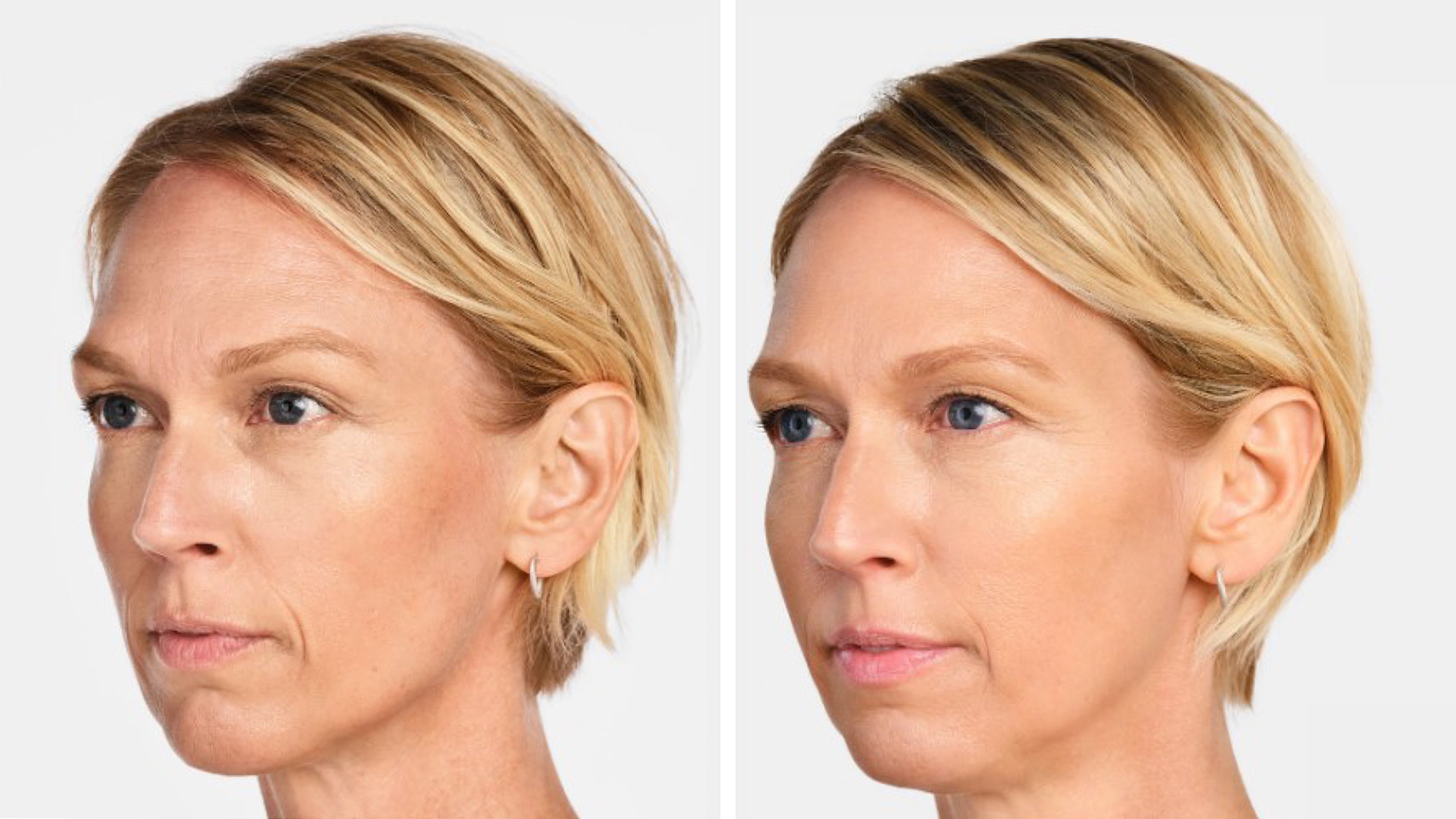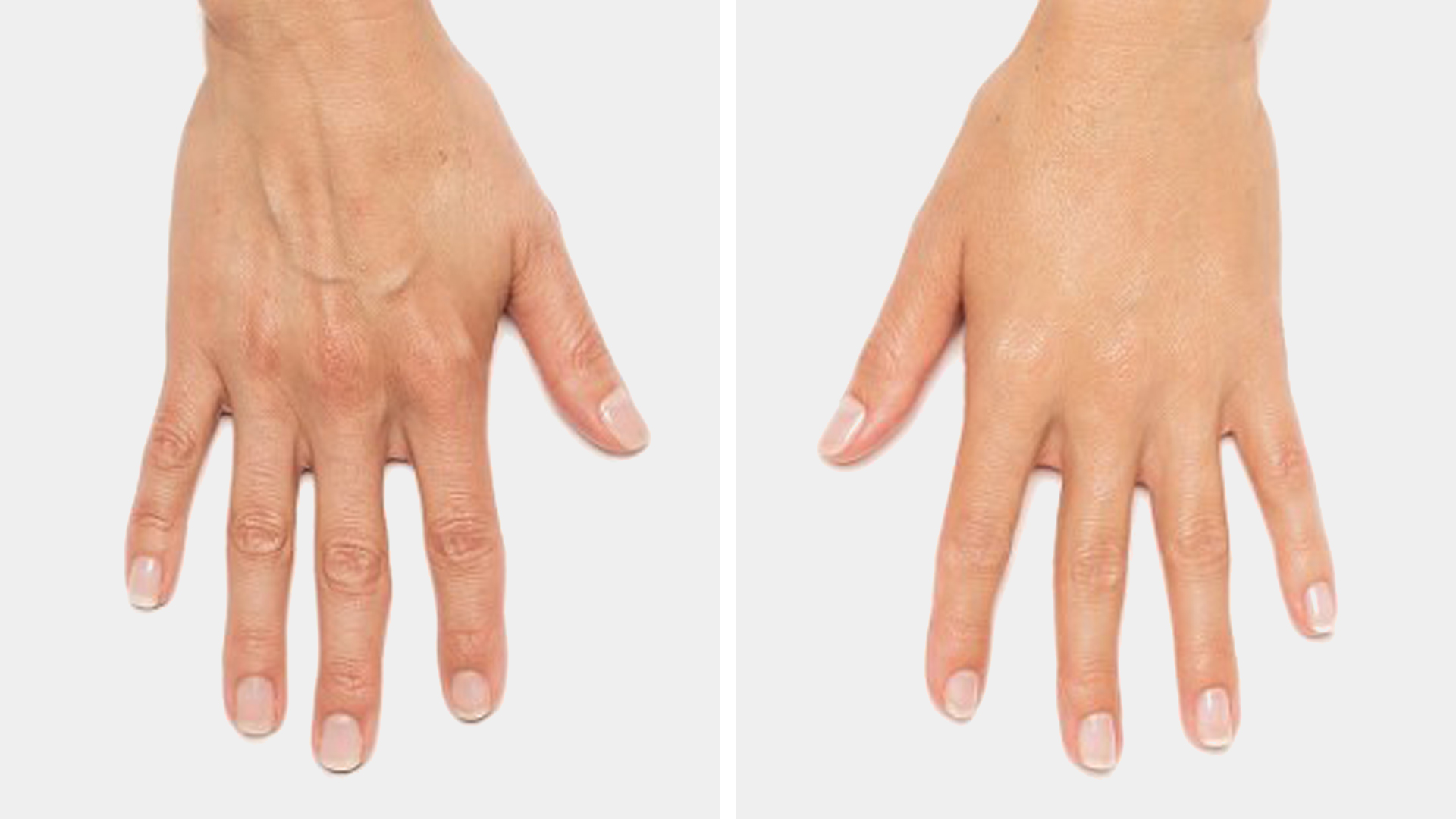Radiesse Injections
Our mission is to deliver the best Services to you.
Radiesse Injections
Radiesse, known as a “volumizing filler” is a phenomenal filling agent that offers immediate cosmetic results while stimulating the body to produce endogenous collagen. Unlike other dermal fillers, which are merely temporary, it is a true cutaneous treatment meant over time to decrease the body’s need for repeat implantation. To date, there is nothing else quite like it. If one has time to wait several months for results, Sculptra is a viable option. But often, actors and models require immediate results, making Radiesse the treatment of choice. It has several other unique qualities. Due to its inherent properties, it replenishes the sun-damaged skin with an even stronger foundation than other fillers, is often more effective at lifting areas of droopiness, and lasts significantly longer. Its longer duration of action is due in part to its ability to activate fibroblasts in the skin to produce new collagen.
What is Radiesse Best used for the Face?
Radiesse is used as a deeper filling agent, to treat deep folds or to replace volume in areas of the face that may look sunken. It is not used for superficial lines or wrinkles. It is therefore excellent at replacing volume where volume has been lost secondary to chronic sun exposure, genetics, or the normal aging process. It is used in deeper wrinkles and skin folds such as the nasolabial folds and works well in other areas of the face where wrinkles may be deep or where volume has been depleted such as areas on the chin, corners of the mouth, and just in front of the jowls. It works well at filling in acne scars or in scars of many kinds. Cheekbones are accentuated smoothly, beautifully, and naturally with Radiesse. It is also used in the backs of the hands where significant sun damage is evident, acting to plump areas of thin skin to hide prominent vasculature. Radiesse injections are not used on the thin skin under the eyes or in or on the lips.
How Does Radiesse Work?
Radiesse is injected into the deep dermis, the subcutaneous tissue, or just on top of the bone depending on the area of the face being treated. It does not merely fill in wrinkles and facial lines temporarily. It begins to work immediately by lifting and restoring facial volume. At the same time, the compound present in Radiesse is deposited and it stimulates new collagen production. Because of this induction of collagen synthesis, Radiesse lasts much longer than conventional fillers alone.
Are Radiesse Injections Painful?
Fortunately, the FDA has approved the mixing of Radiesse with Lidocaine, an anesthetic agent that can be applied topically prior to injection or that can be combined with Radiesse, alleviating much of the discomfort. Any injection has the potential to cause discomfort due to the fact that a needle is used. However, Radiesse is injected with a very fine needle making treatment quite comfortable. Also, the injection of very small amounts of product at a time limits pain to little or none. Ice packs may be applied to help with any discomfort as well as to ameliorate bruising and limit swelling.
How Long Before You Will See Results After Radiesse Treatment?
Radiesse works instantly to smooth out facial wrinkles and lines and to create a natural, healthy look that endures.
How Long Does Radiesse Last?
Radiesse can last a year or longer. The exact period of time depends on many different factors and can vary from patient to patient.
What are the Possible Side Effects of Being Treated with Radiesse?
Patients treated with Radiesse occasionally experience some redness, swelling, or bruising in the immediate area of the injection. Rarely, patients may notice an asymmetry after injection which is often due to swelling of one side more than the other and will abate quickly. Anything that penetrates the skin carries with it a rare risk of infection. Injections penetrate the skin but only rarely cause skin infections. Sometimes, the planes of injection will vary, and depending on many issues such as previous acne or herpes scarring, small amounts of the material may enter a superficial plane. This may be seen as a white pebble under the skin. These should be treated by your doctor and can usually be drained easily similar to an acne pimple.
Is there any downtime (recovery period) after procedure?
In most cases, patients are able to go back to their usual activities right after treatment. The procedure is minimally invasive and does not necessitate the need for any downtime, whatsoever. However, as stated, swelling and/or bruising may occur. This can often be covered with make-up. Infrequently, there is so much swelling that a patient may not want to go back to work directly following the procedure. But there is nothing preventing her/him from doing so.


